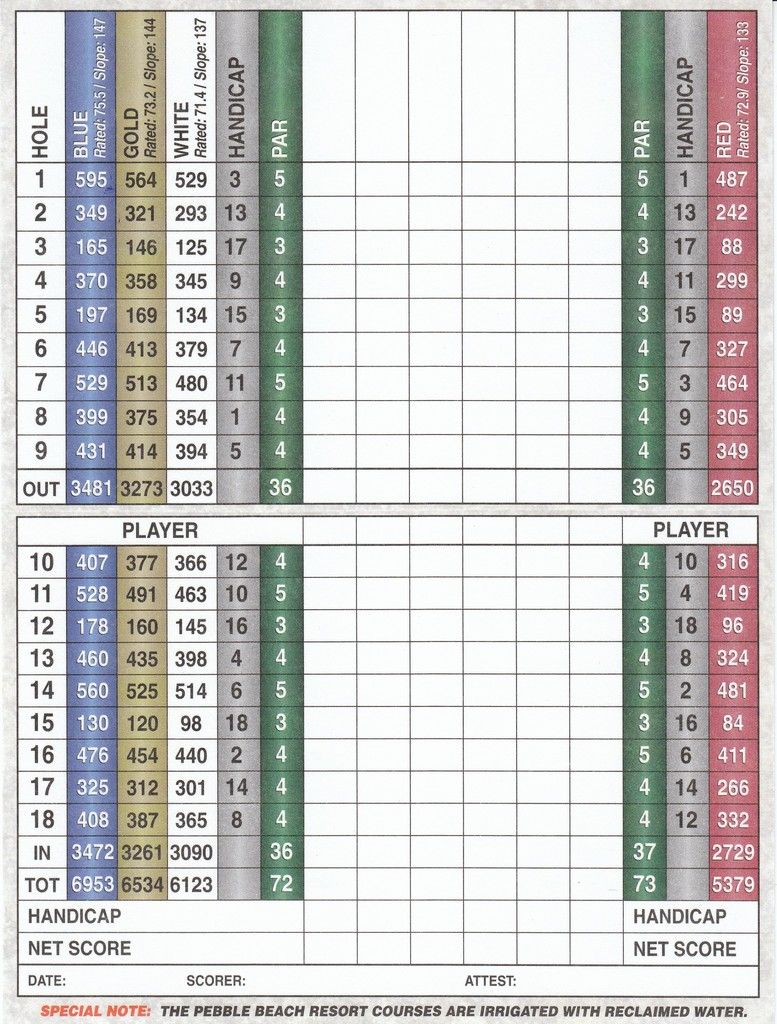Figo
Scottish Hacker
Got myself a bit stumped a few days back.
First off the wife is wanting me to look at getting her a first set of clubs :clapp: which is a a bonus.
But then the discussion of Handicaps came up along with the barage of questions.
"Why are women allowed 36 MAX and men only 28 MAX "
(on courses I know well I am almost breaking 100 so probably would be 36 ish myself)
"Why are is the handicaps higher and more forgiving when I would already be playing off of easier tees?"
 At which point I had to conclude that I didn't know and we should go back to looking at baby blue golf bags online instead of discussing rules
At which point I had to conclude that I didn't know and we should go back to looking at baby blue golf bags online instead of discussing rules 
But now its still bobbing round my noodle so hopefully someone can clear it up..
First off the wife is wanting me to look at getting her a first set of clubs :clapp: which is a a bonus.
But then the discussion of Handicaps came up along with the barage of questions.
"Why are women allowed 36 MAX and men only 28 MAX "
(on courses I know well I am almost breaking 100 so probably would be 36 ish myself)
"Why are is the handicaps higher and more forgiving when I would already be playing off of easier tees?"
 At which point I had to conclude that I didn't know and we should go back to looking at baby blue golf bags online instead of discussing rules
At which point I had to conclude that I didn't know and we should go back to looking at baby blue golf bags online instead of discussing rules But now its still bobbing round my noodle so hopefully someone can clear it up..








